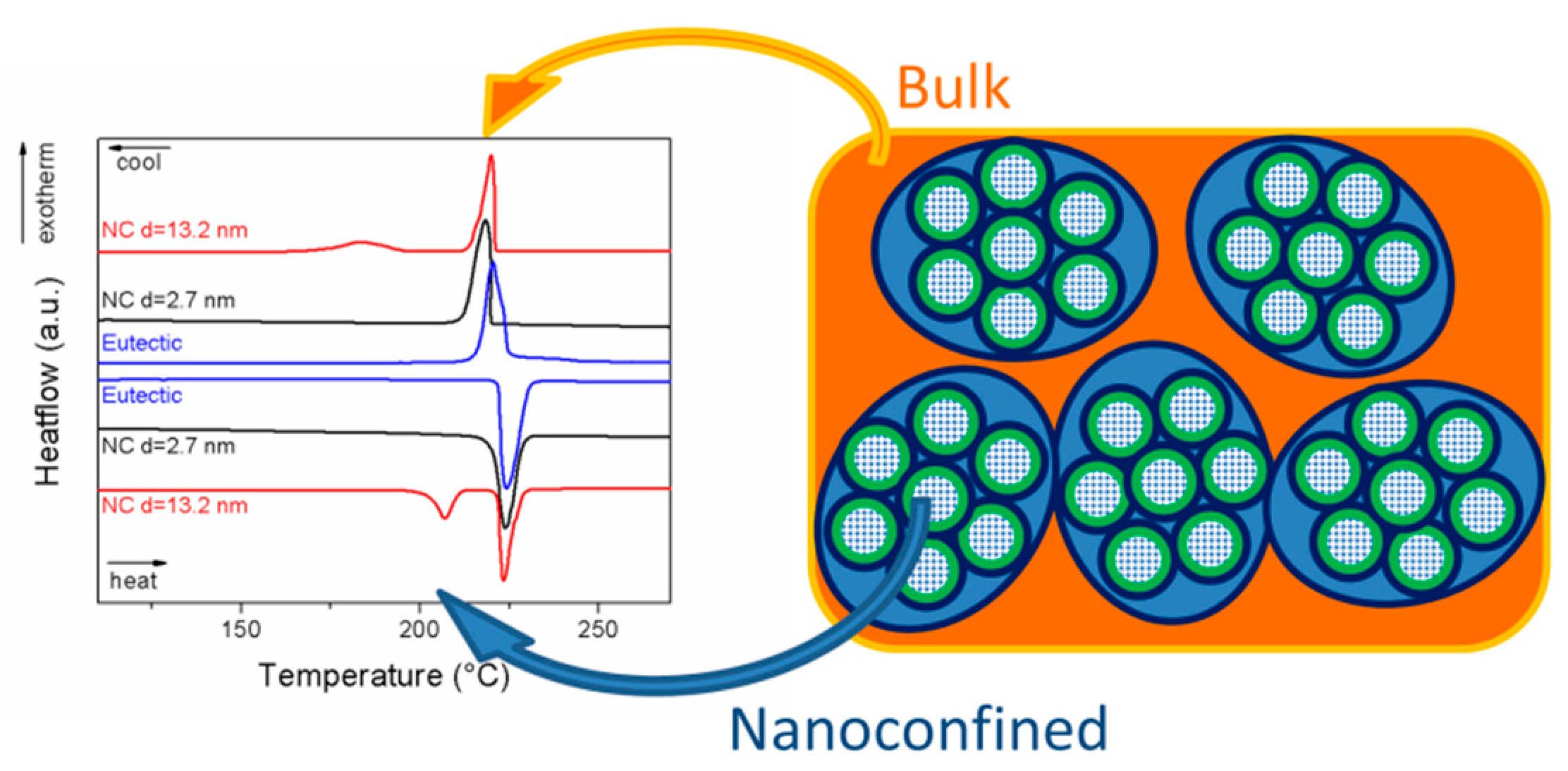High Temperature Nanocomposite Phase Change Materials Containing Mesoporous Silica Matrices †
Acknowledgments
References
- Mitran, R.A.; Petrescu, S.; Şomǎcescu, S.; Mocioiu, O.C.; Buhǎlţeanu, L.; Berger, D.; Matei, C. Nanocomposite phase change materials based on NaCl–CaCl2 and mesoporous silica. J. Therm. Anal. Calorim. 2019, 1–9. [Google Scholar] [CrossRef]
- Douroumis, D.; Onyesom, I.; Maniruzzaman, M.; Mitchell, J. Mesoporous silica nanoparticles in nanotechnology. Crit. Rev. Biotechnol. 2013, 33, 229–245. [Google Scholar] [CrossRef] [PubMed]

Publisher’s Note: MDPI stays neutral with regard to jurisdictional claims in published maps and institutional affiliations. |
© 2019 by the authors. Licensee MDPI, Basel, Switzerland. This article is an open access article distributed under the terms and conditions of the Creative Commons Attribution (CC BY) license (http://creativecommons.org/licenses/by/4.0/).
Share and Cite
Mitran, R.-A.; Lincu, D.; Jerca, V.V.; Berger, D.; Matei, C. High Temperature Nanocomposite Phase Change Materials Containing Mesoporous Silica Matrices. Proceedings 2019, 29, 111. https://doi.org/10.3390/proceedings2019029111
Mitran R-A, Lincu D, Jerca VV, Berger D, Matei C. High Temperature Nanocomposite Phase Change Materials Containing Mesoporous Silica Matrices. Proceedings. 2019; 29(1):111. https://doi.org/10.3390/proceedings2019029111
Chicago/Turabian StyleMitran, Raul-Augustin, Daniel Lincu, Valentin Victor Jerca, Daniela Berger, and Cristian Matei. 2019. "High Temperature Nanocomposite Phase Change Materials Containing Mesoporous Silica Matrices" Proceedings 29, no. 1: 111. https://doi.org/10.3390/proceedings2019029111
APA StyleMitran, R.-A., Lincu, D., Jerca, V. V., Berger, D., & Matei, C. (2019). High Temperature Nanocomposite Phase Change Materials Containing Mesoporous Silica Matrices. Proceedings, 29(1), 111. https://doi.org/10.3390/proceedings2019029111







